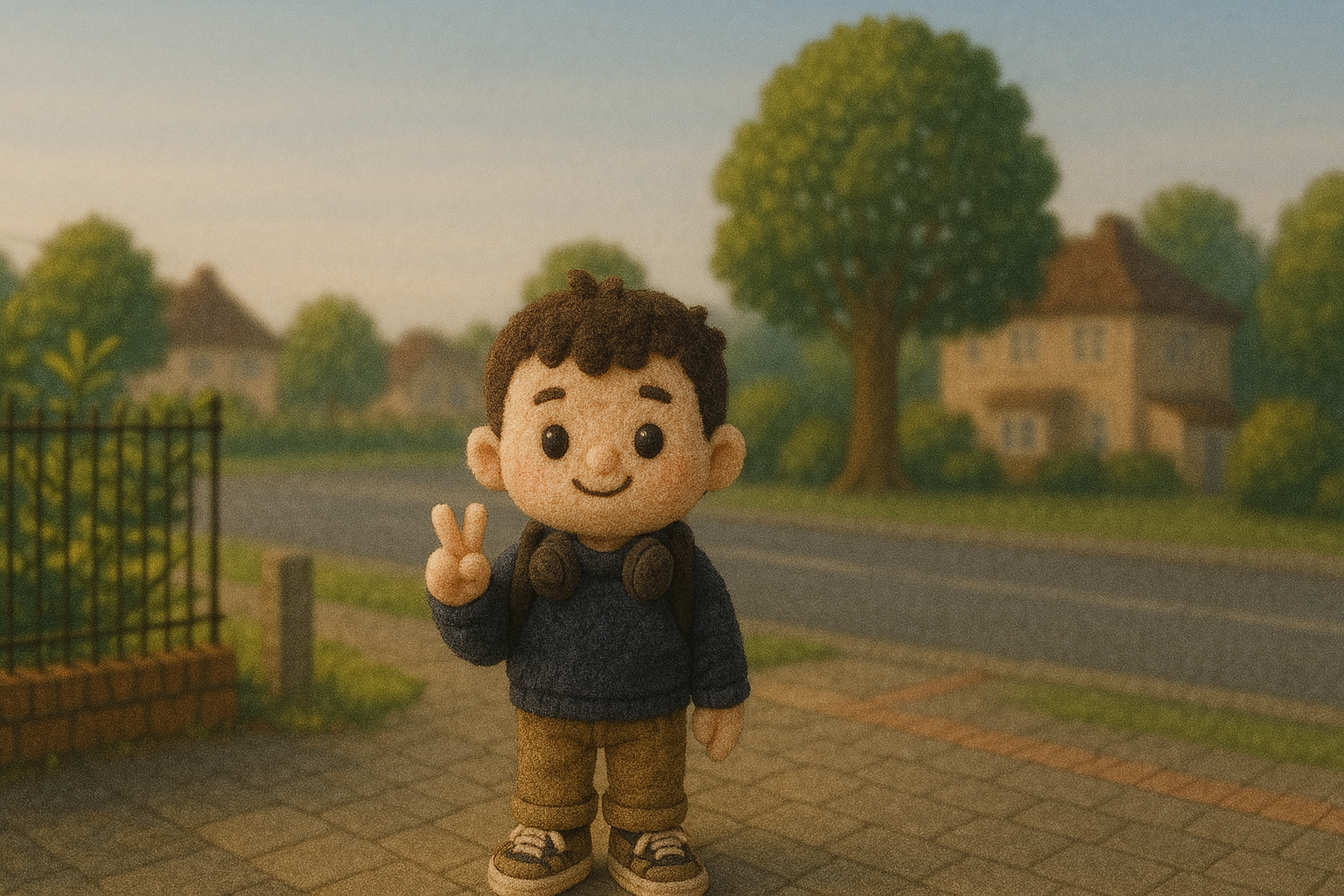5 Ways 5G Will Change Your Life
It's not just about faster phones. 5G will deliver much more than instant downloads.
5G is in its infancy, and we're still getting a grip on what 5G is. The past nine months have seen pricey 5G smartphones on just launched next-gen wireless networks lead the initial push. Right now, those networks are only live in a handful of cities, and while the 5G speeds we've seen so far are promising, it will take a while for the coverage to be widespread. Still, once 5G blankets the U.S., smartphones that can instantly download lengthy movies will be ubiquitous.
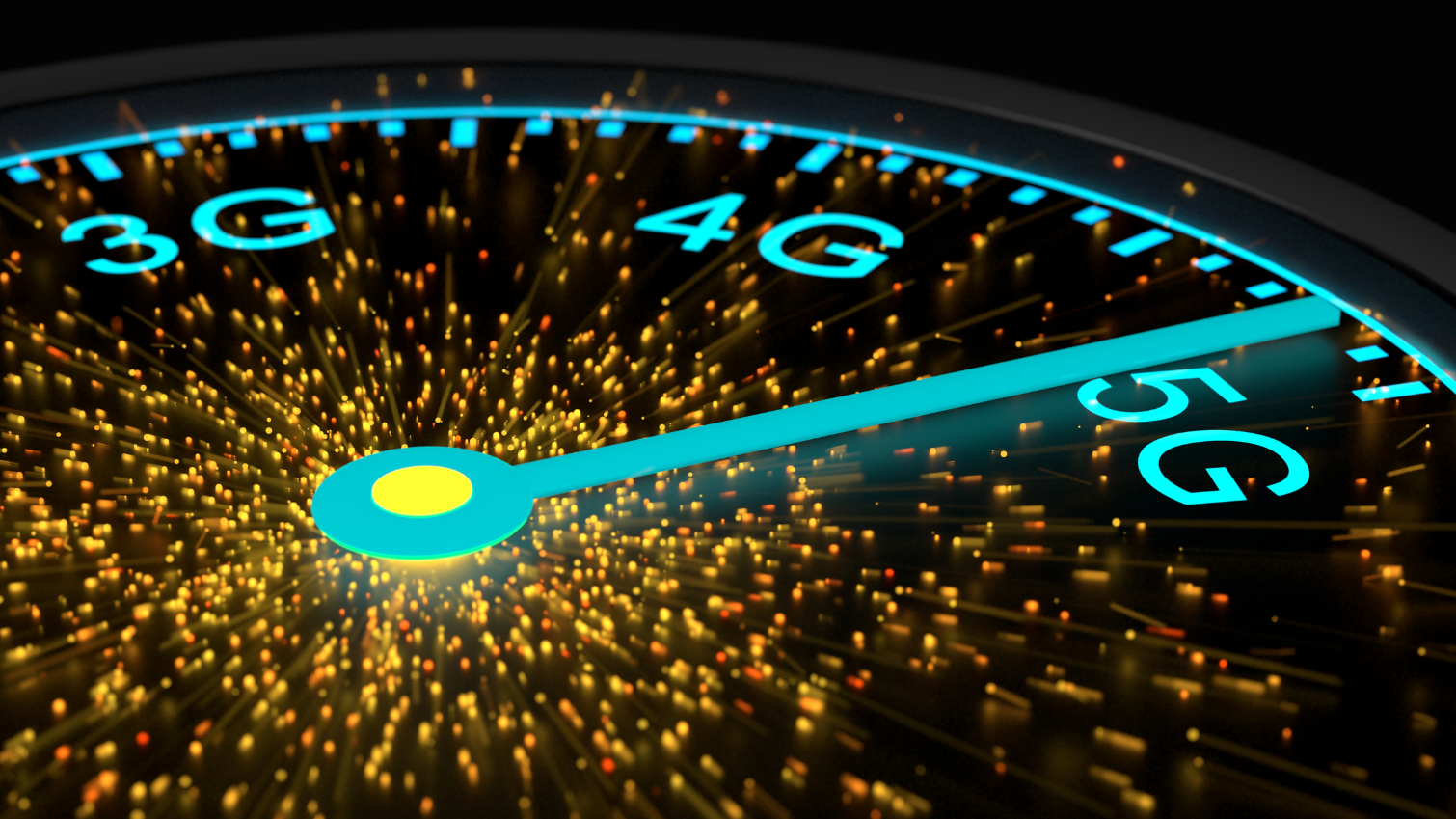
But 5G will have bigger ramifications on your life than putting a faster phone in your pocket (though we are excited for that). 5G could replace home broadband and bridge the gap between rural areas and cities; give kids in schools more learning tools; improve health care outcomes; make streets safer with self-driving cars; and bring augmented reality from a Google Glass-like spectacle into the mainstream.
Here's how.
5G in your home: Cable broadband killer?
5G isn't just going to make your phone faster. Theoretically, your home internet will also be faster if 5G fixed wireless replaces broadband. Instead of paying a cable company to wire your place and hook you up to the internet, you could install an antenna that beams 5G into your home from a cell tower. For rural areas in which laying cable is super-expensive, grabbing a 5G signal from an existing tower would be much cheaper.
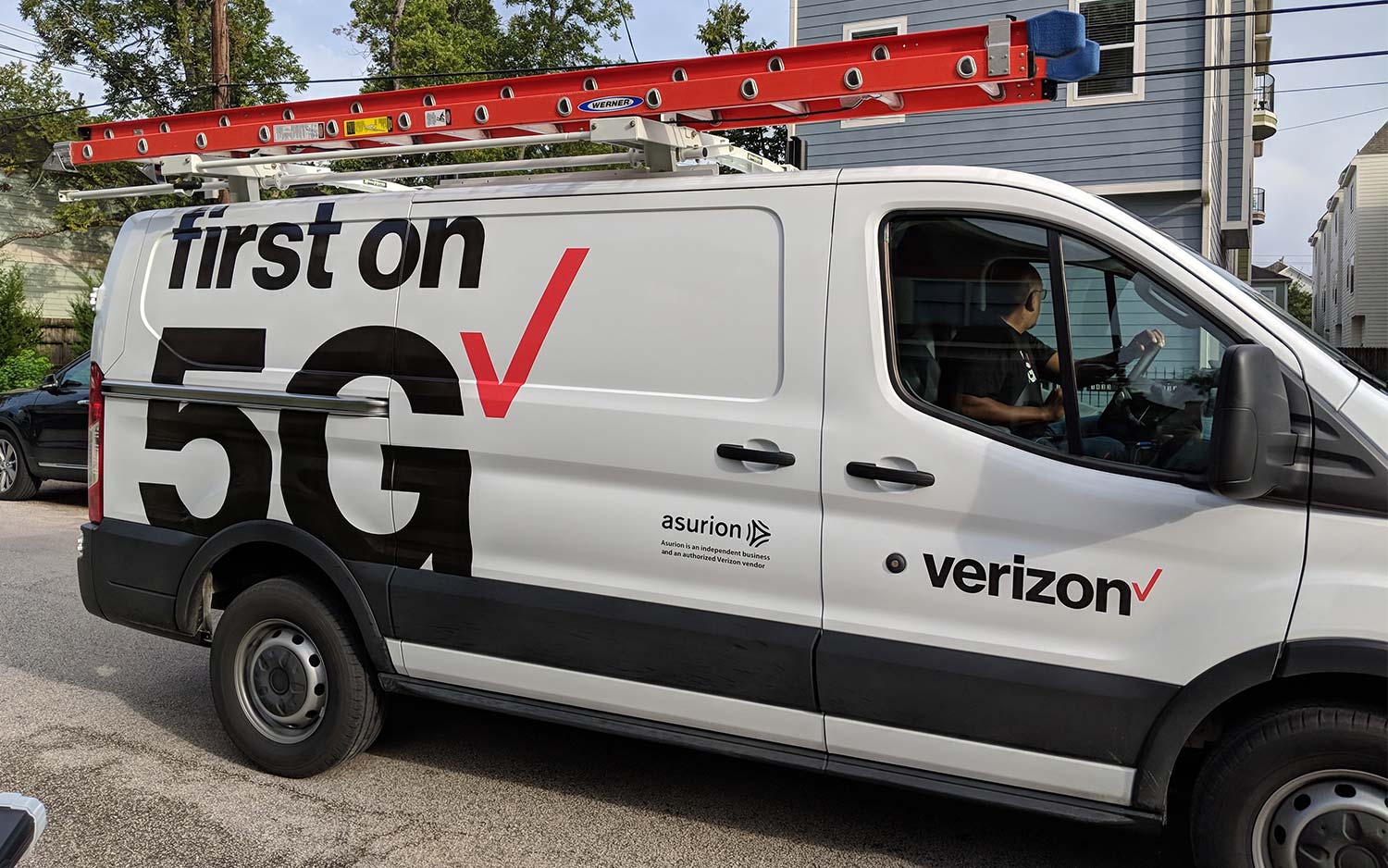
"We used to talk about fiber to the home and running cable in the neighborhoods. People were excited about that, and you had to check your ZIP code to see if it was available in your area," said Steve Koenig, vice president of research for the Consumer Technology Association. "5G won't eliminate that, because there will sometimes need to be a physical connection, but for consumers, your home broadband service could be 5G. 5G can penetrate better than 4G because it penetrates across three bands: low, mid and high."
Carriers like Verizon and AT&T are already getting into the 5G fixed wireless business, and though it's the early days still, increased competition for cable providers could mean lower home internet bills for consumers, who still don't have many options when it comes to broadband.
"Why watch it on YouTube? Why not just put on your AR glasses and say, 'Alexa, show me instructions please.'" — Peter Linder, head of 5G marketing, Ericsson
Peter Linder, head of 5G customer engagement marketing for Ericsson, said 5G fixed wireless could improve internet access for people outside metropolitan areas, where fixed broadband connections aren't great and mobile connectivity isn't much better.
"If we're trying to make the city smart, we have to make sure the countryside is clever," Linder said. "Otherwise the gap between rural and metropolitan opportunities is going to get even bigger."
5G on your body: Augmented-reality glasses get real
Every expert I've talked to predicts that 5G will usher in the era of augmented reality. People have been hyping AR for years, but 5G will make the devices we'll still need to wear to overlay information on top of our vision much lighter and thinner — like Google Glass, but attractive.
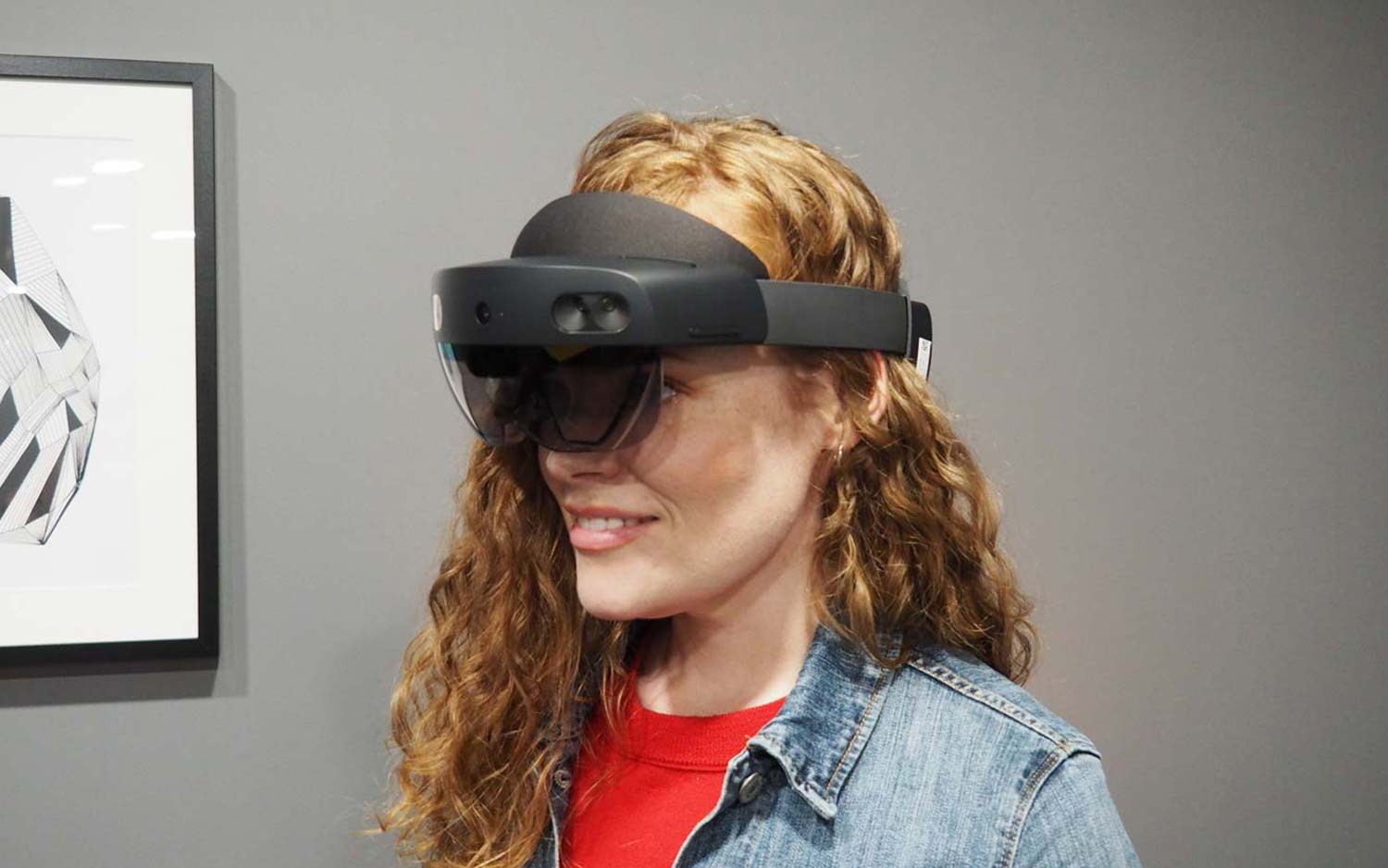
"5G connectivity may not just be on your phone, it could be across a range of consumer devices: wearables, like AR glasses, could have their own 5G connection," Koenig said.
Currently, augmented-reality glasses require a connection to a computer — either over a Wi-Fi connection or physically tethered to a wall-mounted computer or a wearable computer attached to, for instance, a belt. Headsets with fully integrated computers, like Microsoft's HoloLens 2, are massive. 5G AR glasses would eliminate connectivity issues and would be comfortable enough to wear for lengthy periods of time. That would unlock a whole new way of interacting with the world.
MORE: 5G Phones: Every Known Phone and Release Date
"I grew up reading manuals, and my daughter laughs about that: 'Why don't you just watch it on YouTube?'" said Ericsson's Linder. "I think her kids will laugh: ‘Why did you watch it on YouTube? Why not just put on your AR glasses and say, 'Alexa, show me instructions please.'"
"The 4G era is more or less centered around the input to the device is always tapping on glass — the output to you is coming out of the glass window," Linder added. "5G is breaking out of that as the only way of doing things."
5G in the classroom: Flying over the Great Wall
The faster speeds and lower latency that 5G will deliver will make AR and virtual reality transformative for kids in classrooms.
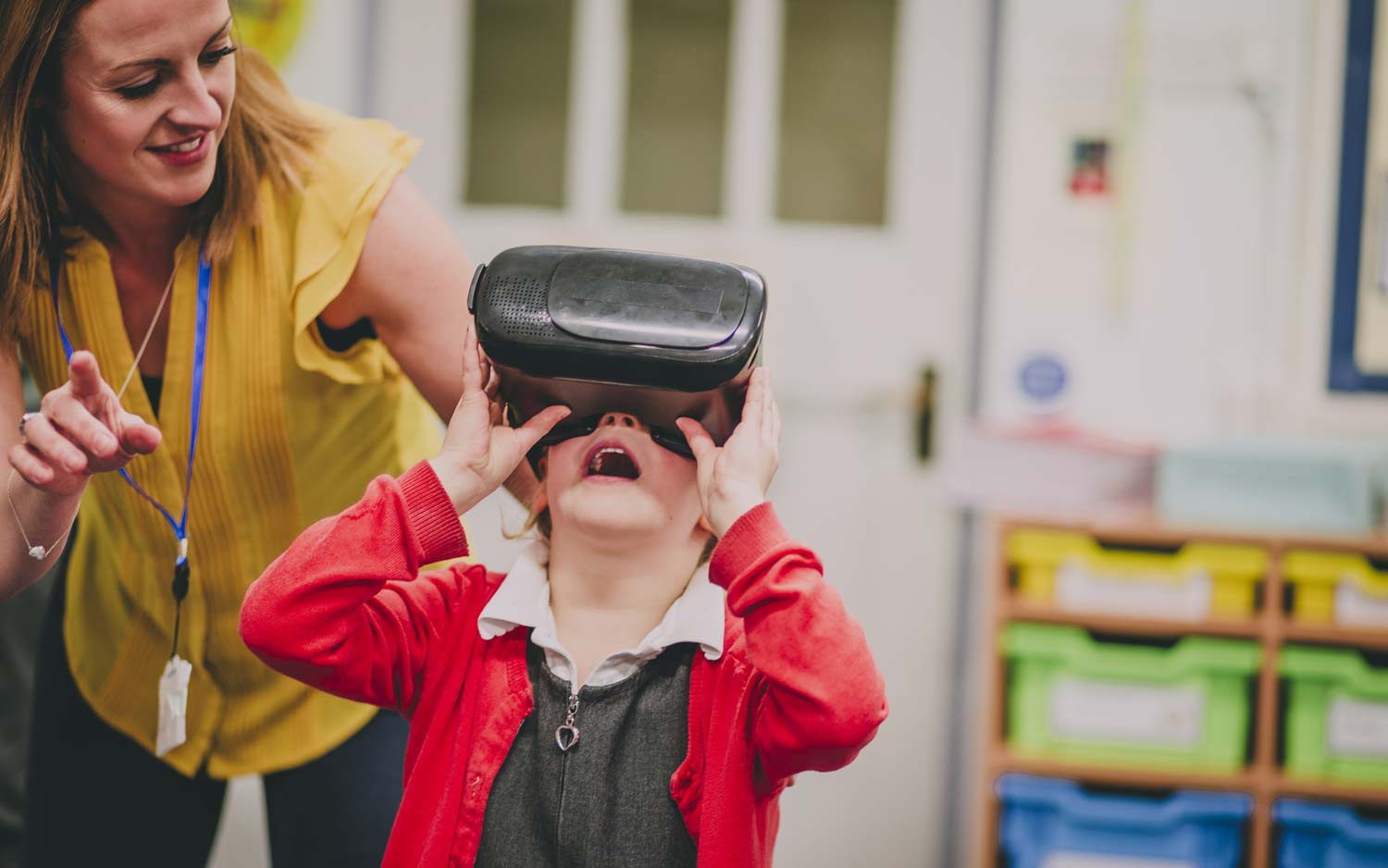
Toby Redshaw, Verizon's senior vice president of 5G innovation, offered a scenario in which 5G could make education more accessible: "You have a child that sits in a class for four hours. There's a presentation about China: a PowerPoint. It's a good environment. But there's another child in the class. [The teacher:] 'Put on that headset and we'll drop you into a 360-degree video so you can be [in China] without being there.' [The kid:] 'I'm flying over the Great Wall! That is unbelievable!' The second child had an experience. A whole chunk of his brain lit up. That immersive environment is between three and eight times more effective.'
"Your home broadband service could be 5G. 5G can penetrate better than 4G because it penetrates across three bands: low, mid and high." — Steve Koenig, vice president of research, Consumer Technology Association
Verizon put out a call for innovative applications for 5G in middle school classrooms for its 5G EdTech Challenge. Earlier this year, the carrier's foundation awarded $1 million to 10 groups that created ways to make 5G useful in the classroom. Some of the winning ideas included a virtual-reality experience of space, a mixed-reality game to help students with autism work on social skills, and an app that brings physics to life.
For students who need more than a lecture or a textbook to fully understand concepts, 5G could unlock a whole new way to learn.
5G in the hospital: Holographic surgeries and beyond
Just as 5G could make it easier for kids to experience subjects that most of us have only read about in books, next-gen speeds combined with augmented reality could also make it easier for doctors to learn and perfect procedures.
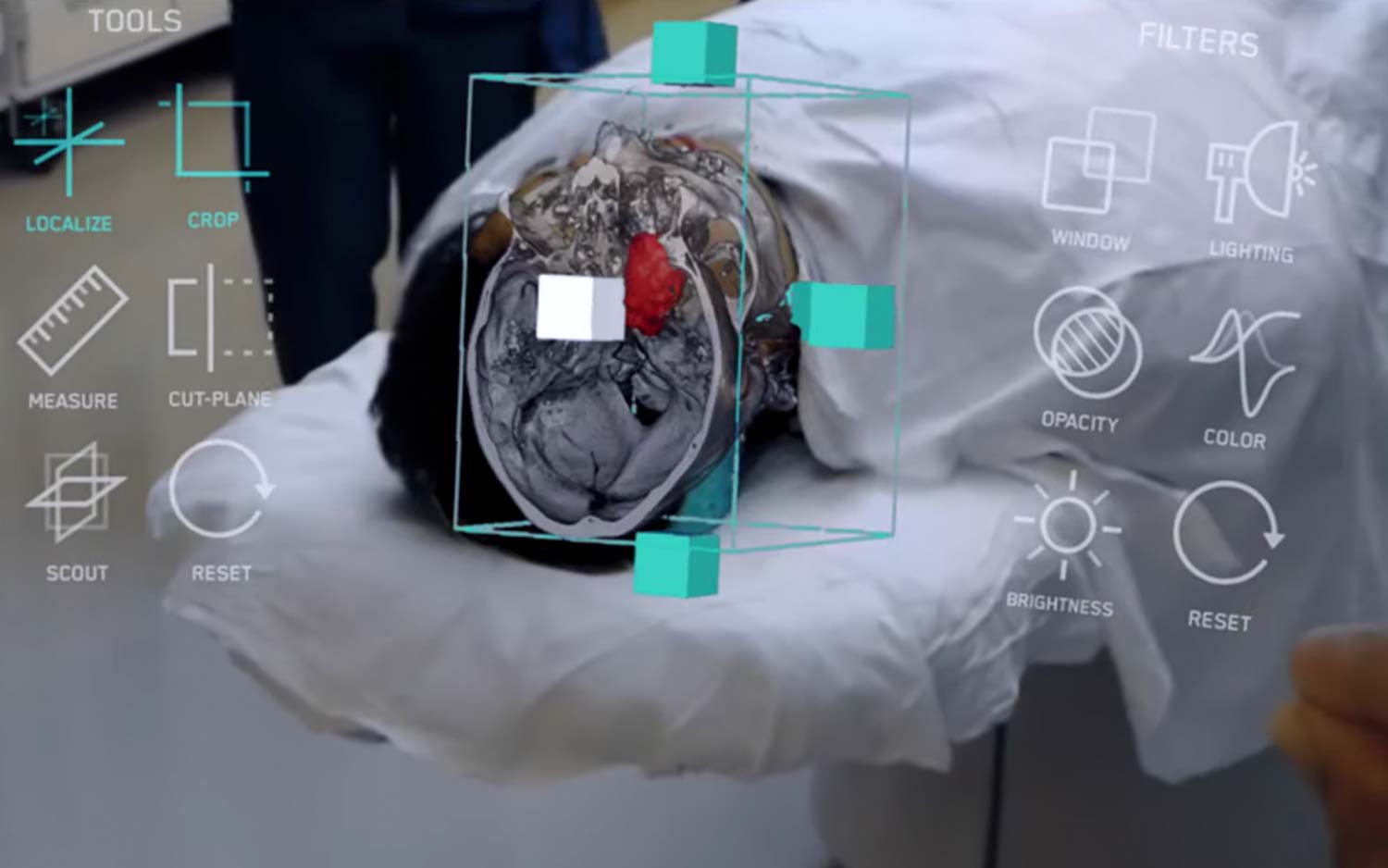
In May, medical startup Medivis received approval from the U.S. Food and Drug Administration for an augmented-reality platform called Surgical AR that will guide surgeons through procedures via a holographic overlay on the patient. Earlier this year at CES, Medivis CEO Christopher Morley said 5G will reduce latency so much that surgeons will be able to use AR to perform surgeries in real time. Morley expects 5G and AR will reduce the possibility of error and improve post-surgical outcomes.
But 5G could take surgeons out of the operating room entirely. Steve Koenig of the Consumer Technology Association said 5G could allow doctors to perform operations remotely using 5G-connected robots.
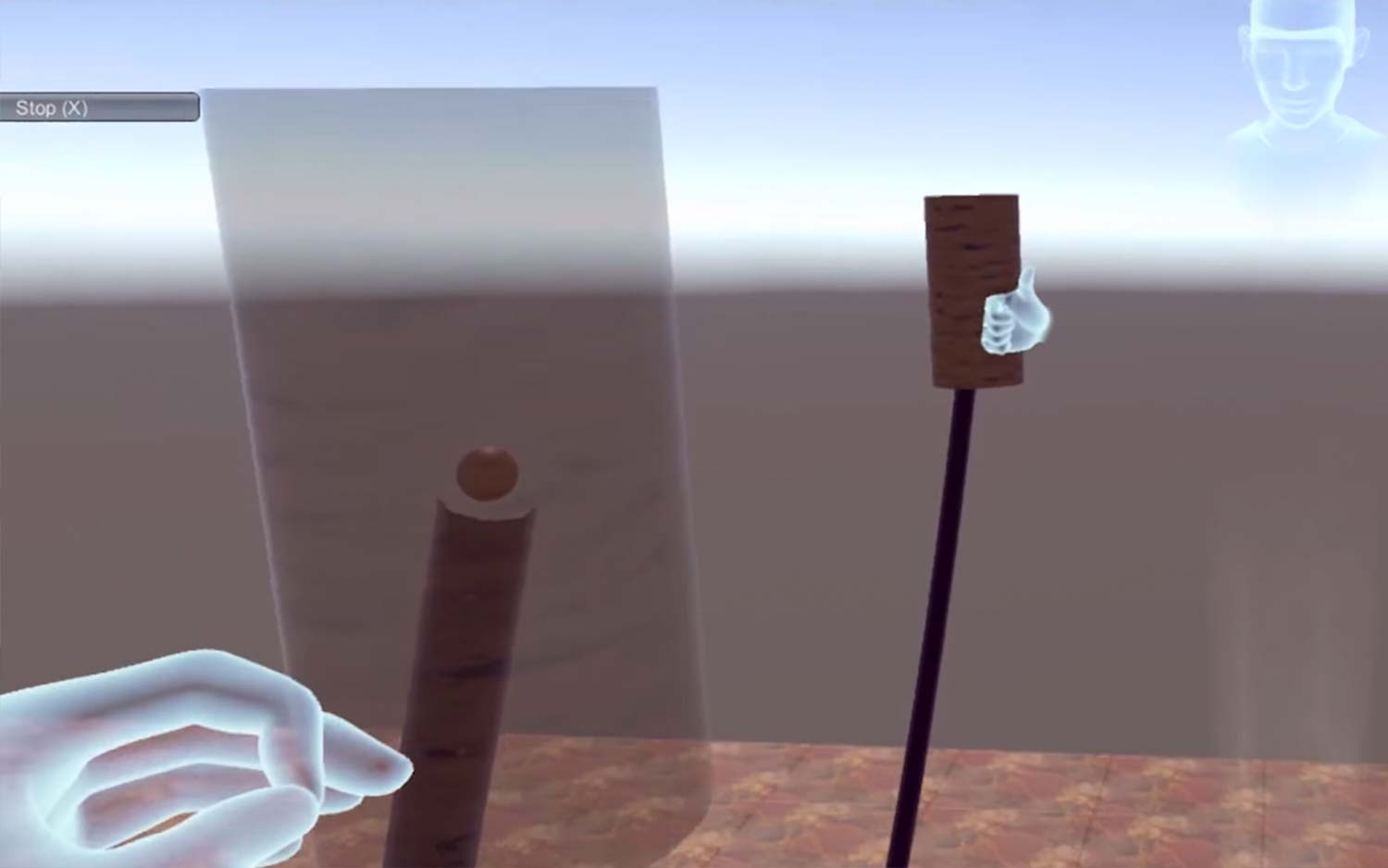
Outside of the OR, 5G could improve health care outcomes across the board. Columbia University is using Verizon's 5G network to test remote rehabilitation for stroke patients using virtual-reality headsets. Therapists remotely guide patients, who are wearing VR headsets, through exercises to improve their motor skills, which is critical for those who can't travel to facilities for in-patient rehab. The program is also useful for therapists, because it analyzes everyone who follows the program and determines if the exercises actually work.
"How often does this great therapist show up in rural Arkansas, or east Los Angeles? Probably never," Verizon's Redshaw said. "In the 5G world, what do I need for this person to show up? I need them to have a connection and this $200 set of goggles. Economically that's a great thing for that industry, and for patients, it's fantastic to blast through socioeconomic barriers."
5G in self-driving cars: Safer (and more fun) rides
Self-driving cars are already being tested on the roads, but experts predict that 5G will make them safer and alleviate concerns that most of us have about letting a computer drive for us. It's also one of the most exciting use cases for 5G — and there's a lot at stake.
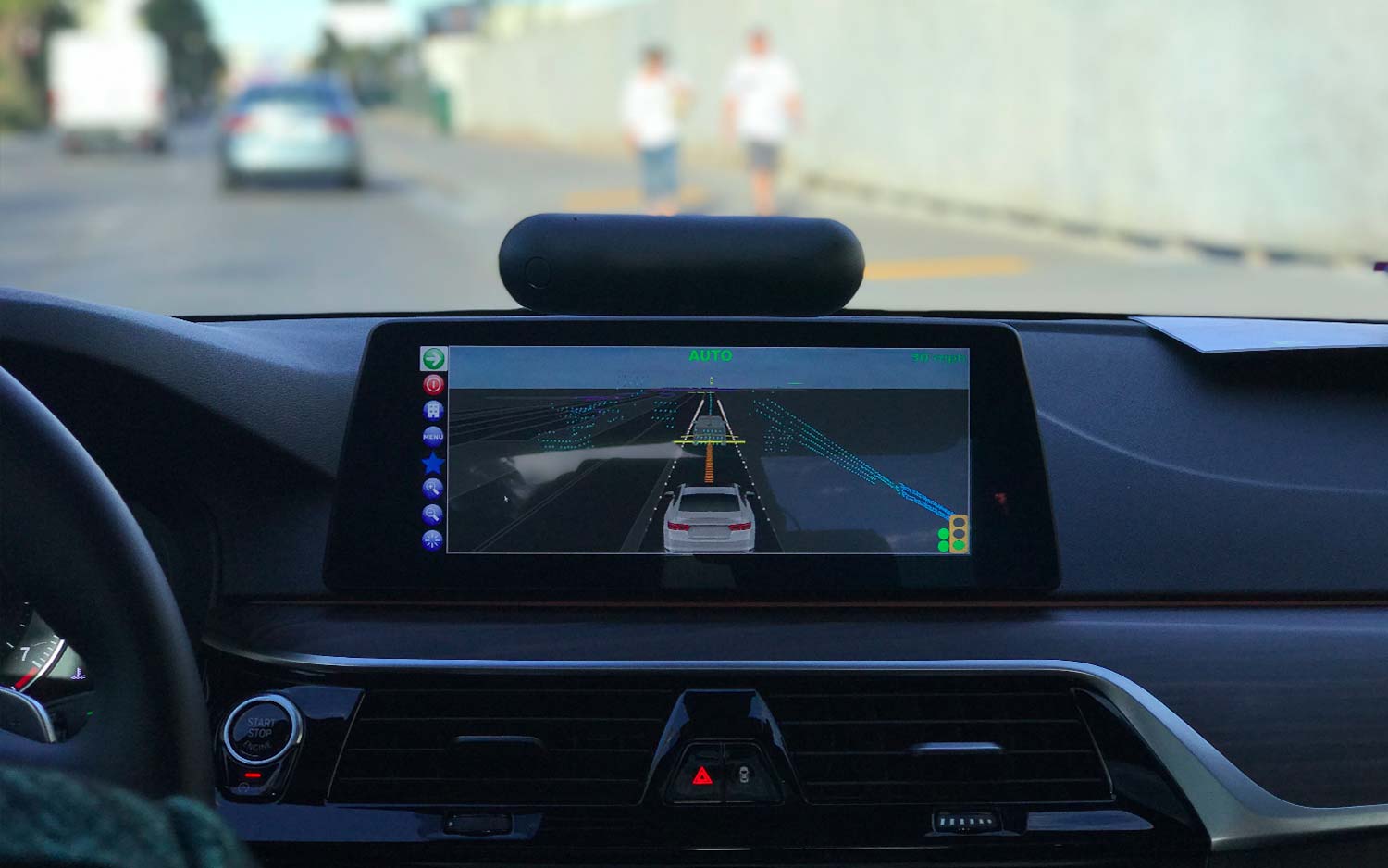
"Connecting cars, giving them the ability to connect to the internet, streaming movies to passengers — but also advanced safety, giving the cars ability to communicate with other cars, passengers, infrastructure. Those are the marquee things," said Danny Tseng, Qualcomm's technical marketing manager.
MORE: Apple Car: Release Date, Tesla Rumors, Project Titan and More
Above the fleets of self-driving vehicles that Tseng, Koenig and others imagine will take over the roads, autonomous drones will be delivering packages and embarking on rescue missions with the help of 5G. The time it takes for a drone to receive instructions and deliver footage to the ground will be instantaneous over 5G, which will make its missions more accurate — whether it's for Amazon deliveries or search-and-rescue operations.
OK, cool — but when is this 5G nirvana happening?
The transformative potential of 5G can sometimes feel overblown. After all, not many people can even access a 5G network yet, and we've been talking about it for years. Expect that to change very soon.
"You're not going to see this incremental thing," Verizon's Redshaw said. "It'll be: '‘Wow, now I'm surrounded by 5G.’ You'll start to see the differences between non-5G spaces and 5G spaces by the end of next year. Marry sizzle to economic benefit and you'll see this take off tremendously."
But what exactly will happen when 5G is everywhere? We obviously have some ideas, but there are also life-changing applications that no one has thought of.
"5G is going to be a catalyst of incredible innovation, much like we saw with 4G mobile broadband," Koenig said. "Some of which haven't been imagined yet."
Sign up to get the BEST of Tom's Guide direct to your inbox.
Get instant access to breaking news, the hottest reviews, great deals and helpful tips.
Caitlin is a Senior editor for Gizmodo. She has also worked on Tom's Guide, Macworld, PCWorld and the Las Vegas Review-Journal. When she's not testing out the latest devices, you can find her running around the streets of Los Angeles, putting in morning miles or searching for the best tacos.
-
Tesseract4D2 I'm smelling a load of bull.Reply
we can't even get wifi to work reliably indoors with fairly ideal conditions, how are you expecting glorified satellite internet to replace fiber?
furthermore, you can't even get a phone plan that doesn't throttle you after a handful of gigabytes, are we really going to get reliable home internet at a reasonable price?
think of how much you pay for 10gb of data on your phone, and how quickly that goes when watching youtube or browsing imgur or instagram.
5G is just paving the way for ISP's to make us pay twice for services they don't own. sure, you can get unlimited youtube streaming if you pay us an additional $20 a month on top of your bill.Netflix? We love those guys! that'll be $20 for the privilege of paying them to watch their shows.
wireless has never been the answer. we just need to hold our ISP's accountable and stop letting investor margins subvert the product that's supposed to be provided.
